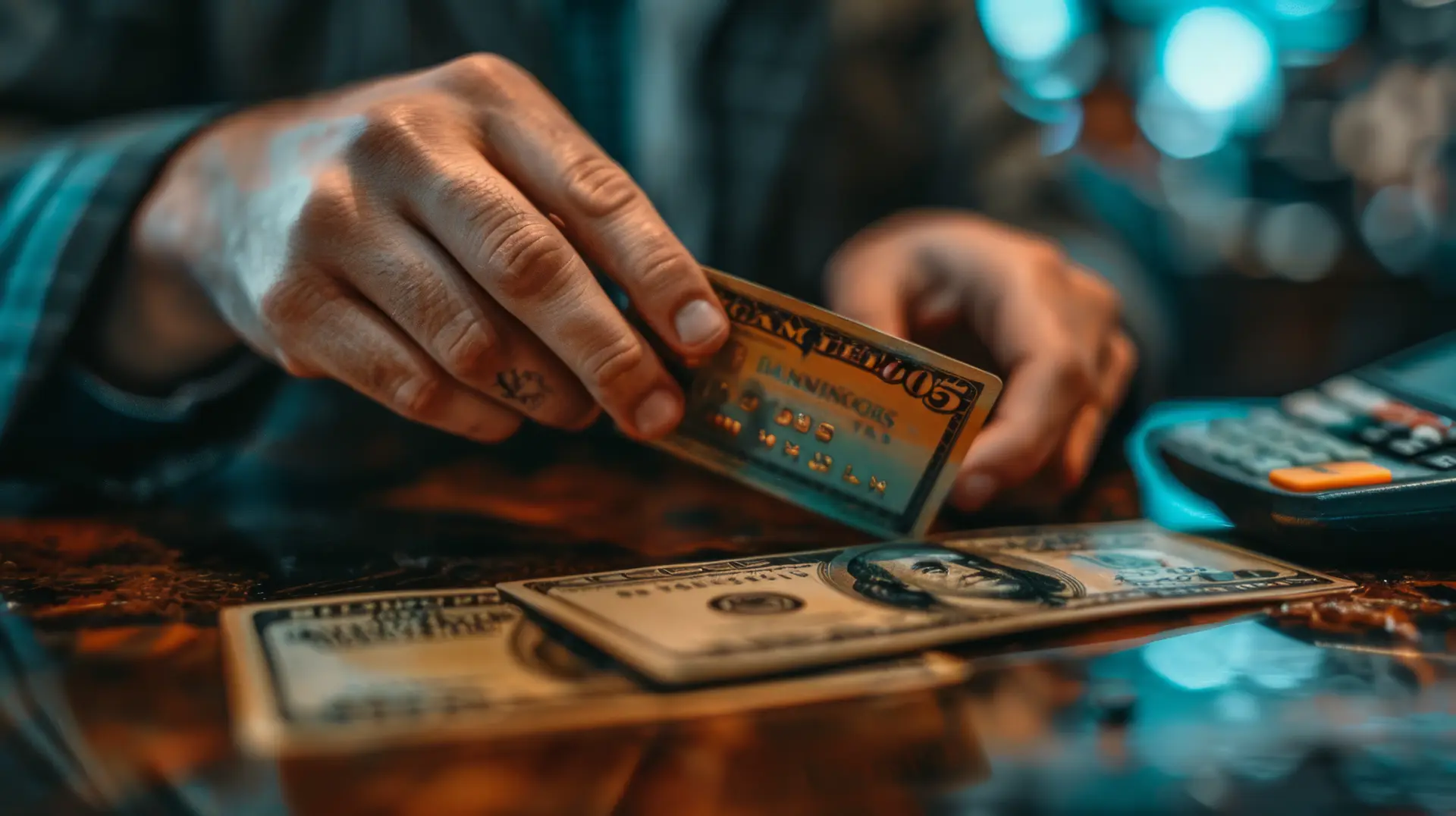Table of contents
- What is PagoPA and how does it work?
- Where can you pay with PagoPA?
- How to pay with PagoPA without a payment slip
- What are the advantages of PagoPA?
- What can be paid with PagoPA?
PagoPA is an electronic payment system that allows citizens and businesses to make payments to the Public Administration and other participating entities.
In this article, we will explore how to pay with PagoPA, the payment methods, the advantages of the system, and the available options for those who want to pay through different digital and physical channels.
What is PagoPA and how does it work?
PagoPA is not a website where payments can be made directly, but a system that allows participating Payment Service Providers (PSP) to manage transactions in a centralized and secure way. The system was developed to ensure greater transparency and traceability in payments to the Public Administration and other participating entities.
To make a payment, a PagoPA payment notice is required, which contains a unique identification code (IUV) issued by the creditor entity.
This code uniquely identifies the payment and ensures that the amount paid is correctly associated with the payer.
Where can you pay with PagoPA?
PagoPA allows payments through a variety of channels, both digital and physical, offering citizens and businesses different options to complete transactions conveniently and securely.
Digital channels
Payments can be made online through:
- The creditor entity’s website
Accessing the payment section and entering the IUV code from the PagoPA payment notice.
- Home banking
Many banks offer the PagoPA option in their home banking services, allowing payments directly from a bank account.
- Payment apps
Applications such as PayPal, Satispay, and Poste Italiane allow transactions to be completed in just a few clicks.
Physical channels
For those who prefer cash or POS payments, PagoPA is available at:
- ATMs enabled by banks participating in the PagoPA network;
- Post offices, where payment can be made by presenting the PagoPA payment notice;
- Tobacconists and affiliated retail stores that accept payments through the PagoPA network.
Thanks to this wide range of options, PagoPA ensures a flexible payment system suitable for every need, eliminating the necessity of traditional methods such as postal payment slips.
How to pay with PagoPA without a payment slip
A postal payment slip is not required to make a payment with PagoPA. Simply enter the IUV identification code on the chosen platform or scan the QR Code present on the PagoPA payment notice.
Alternatively, payments can be made using home banking or through the payment apps of major banks and participating Payment Service Providers (PSP).
These platforms allow direct payments from a bank account or by credit card in just a few steps, without the need to print or present paper documents.
Additionally, some physical retailers, such as tobacconists and ATMs, allow payments by manually entering the IUV code or presenting the barcode associated with the PagoPA payment notice. This makes the process accessible even to those unfamiliar with digital payments.

What are the advantages of PagoPA?
PagoPA offers numerous advantages:
- Transparency
The payer clearly sees the fees, the recipient of the payment, and the transaction status.
- Traceability
All payment receipts are verifiable, valid for tax purposes, and accessible at any time through the transaction history.
- Securit
The system is managed by the Public Administration with strict data and transaction protection protocols.
- Speed
The creditor entity receives the payment in real time, avoiding delays and possible administrative issues.
- Flexibility
The user can choose the most suitable payment method, including home banking, credit cards, payment apps, and physical payment points.
- Paperless transactions
Thanks to digital integration, there is no need to print documents or keep paper receipts.
What can be paid with PagoPA?
PagoPA allows payments for a wide range of public services and taxes, simplifying bureaucratic operations and ensuring greater traceability of transactions.
Types of payments available:
- Taxes and fees, such as IMU, TARI, TASI, and other municipal and regional taxes;
- Fines and administrative penalties, including traffic fines and penalties for administrative violations;
- Utility bills for public services such as water, electricity, gas, waste collection, and other essential services provided by local entities;
- School services, including payments for school meals, university tuition, registration fees, and contributions for educational activities;
- Healthcare fees for medical visits, diagnostic exams, hospital services, and other healthcare expenses managed by the national health system;
- Administrative fees and duties, such as car registration fees, concession fees, and building permits.
- Public transport services, such as subscriptions and tickets for trains, buses, and subways if the managing entity participates in PagoPA;
- Municipal service payments, including the issuance of certificates, electronic identity cards, cadastral surveys, and other official documents.
Questions and answers
- Is PagoPA mandatory for all payments to the Public Administration?
Yes, many public entities require the use of PagoPA to ensure traceable and secure payments.
- Can I pay with PagoPA without home banking?
Yes, you can pay at tobacconists, post offices, and other participating physical points.
- What types of payment cards are accepted on PagoPA?
All major credit, debit, and prepaid cards are accepted.
- How can I obtain a payment receipt?
The payment receipt is issued immediately after the transaction and is valid for tax purposes.
- Are there fees for using PagoPA?
Yes, each payment institution applies a variable fee depending on the payment channel used.
- Can I use PagoPA to pay postal slips?
No, PagoPA does not use traditional postal slips but a digital payment system.
- Where can I find the PagoPA payment notice?
The PagoPA payment notice is provided by the creditor entity, either by email or in paper format.
- How can I verify that the payment was successful?
You can check the payment receipt or verify the status through your bank account.
